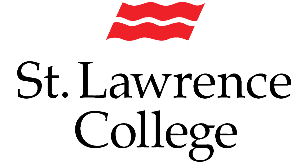
Gathering student feedback to stand out in a crowded marketplace

The Situation
In many parts of Canada, colleges and universities found themselves competing over a smaller supply of 17- and 18-year-olds for their enrolments. This was especially true in Nova Scotia in the 2010s, where demographic changes and outmigration led to a shrinking youth population. Add in the fact that Nova Scotia has more than 20 postsecondary campuses serving a provincial population of less than a million, and it’s more important than ever for postsecondary institutions to position themselves clearly and impactfully in the minds of potential students.
Given its smaller size, the Mount Saint Vincent University (MSVU) knew that it needed an advertising campaign that would make it stand out from the five other universities located in Halifax, as well as other schools across Nova Scotia and Canada. It was with this goal in mind that it created its “Small Wonder” advertising campaign. But the Mount also knew that it would need reliable research to make sure its message was being heard and was garnering positive responses.
The Solution
Postsecondary institutions don’t have the resources to be pushing ineffective marketing materials. They need to make the most of every touchpoint with prospective students.
That’s why MSVU called on Academica to conduct a creative materials testing and brand research project: It needed to understand how high school and postsecondary students perceived the university and its offerings. Academica developed and administered an online survey to secondary and postsecondary students in Eastern Canada, as well as to the university’s secondary markets in Ontario and Alberta, to assess students’ awareness, familiarity with, and perceptions of east coast institutions. The survey also tested students’ overall perceptions of MSVU’s Small Wonder advertising campaign and assessed which ads were most or least preferred by students.
The Result
The research validated the efforts of MSVU’s marketing team by indicating a positive response from prospective students who’d seen the school’s ads, while also helping to hone the team’s strategy by providing vital information on its ad performance with different groups. Finally, and perhaps most importantly, the research provided insights into which specific programs were running more effective ads than others, allowing MSVU to make creative decisions that were evidence-based and were directly tied to its Strategic Enrolment Management goals at the program level.



